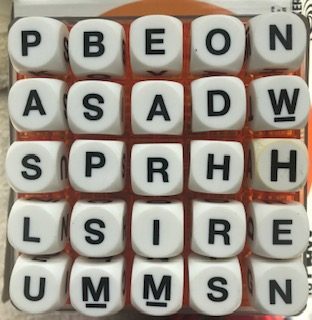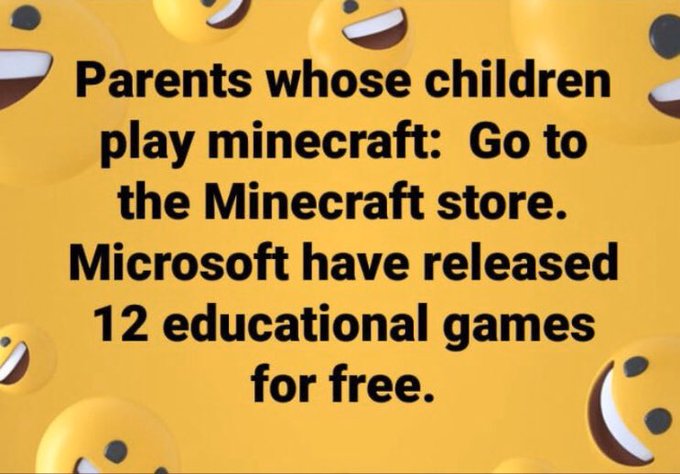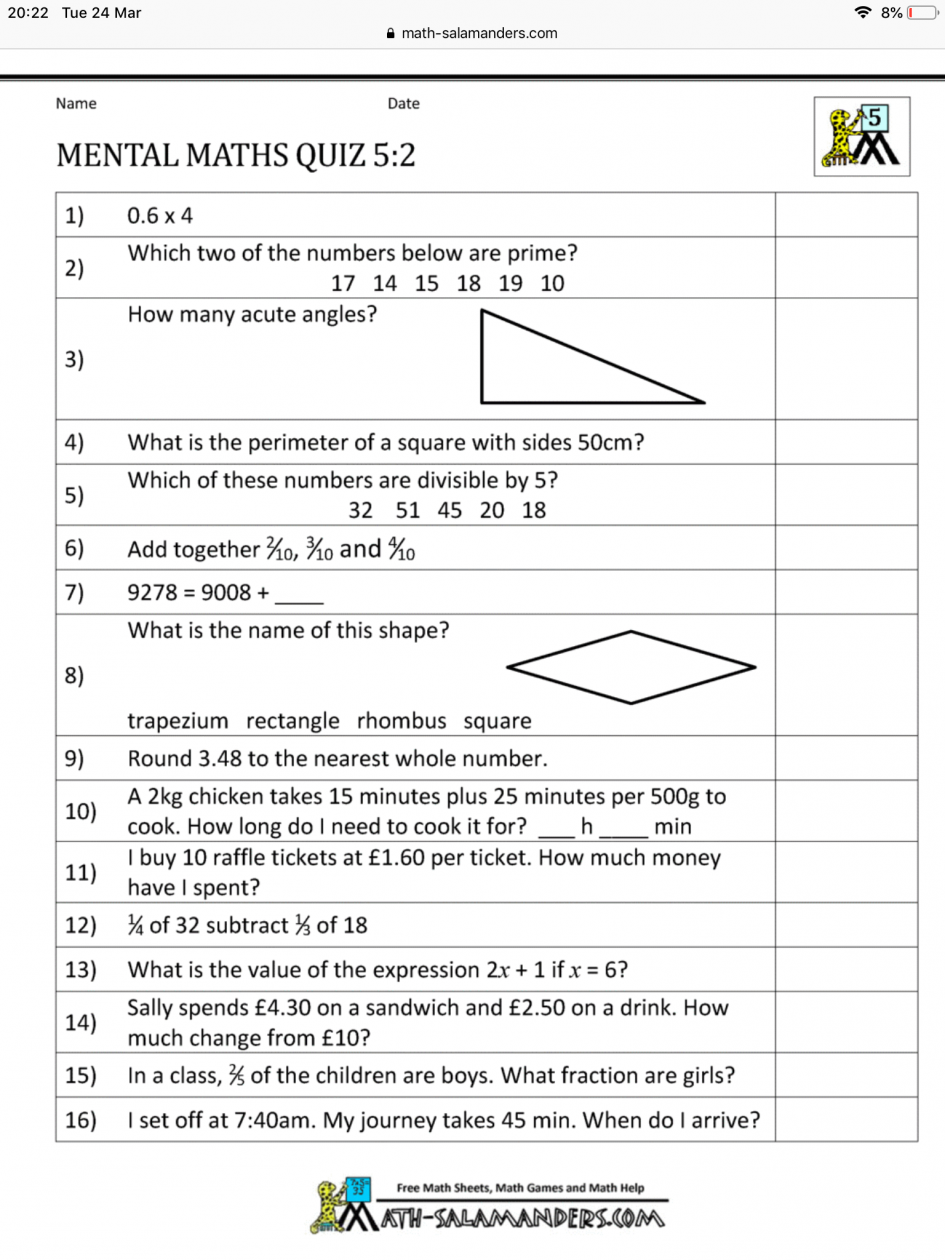Happy Friday, Primary 6!
It’s the last day before the Easter Holidays. This Easter Break is different to any we have experienced before so please look on the next two weeks as just that, a break and time to relax with your family! Everyone is still adjusting to the times we find ourselves in and a break from thinking about school is well deserved!
ABC Creative Home School is now up and running at www.abcmusichomeschool.org.uk.
This resource is free to all parents – you just need to register and set up a password to use.
We have adapted our award-winning resources for schools and nurseries so that parents and other adult caregivers can confidently teach their children music at home. Even if you have no musical experience, we promise our resources are easy to use.
ABC Music Home School offers the following: –
- age-targeted activity plans for parents and children
- online interactive music, games & videos
- timetable of video music lessons delivered by trainer on screen
- downloadable worksheets
- downloadable virtual instruments for phones and tablets
- material to learn French and Spanish through music
- resources for learning literacy and numeracy with music
We offer a range of easy to use material from Early Years to the end of Primary, focussing initially on Early Years to P3.
We are adding more material every day. We will also have a regular programme of online music lessons parents and children can watch together –
these will introduce parents to activities and resources on the website as well as being fun and engaging for children.
Simply go to the website to register today.
Please share far and wide and remember this resource is free!!
If you have any questions please email me tom@abccreativemusic.com
Literacy:
Starter:
How many words can you find? Find as many as you can. Remember proper nouns like people’s names or names of towns and countries, abbreviations and hyphenated words are not allowed. Think about looking for phonemes ss, sh, ea, wh prefixes like dis ,de, re, im, in at the start of a word and suffixes for example ing, ion, ate, ed, ly, able at the end of a word.
Rules:
Scoring 3 letter word 2 points
4 letter word 3 points
5 letter word 4 points
6 letter word 5 points
7 letter word 6 points,
* 8 letter word or more 11 points
Time 3 minutes or more if you need it.
The letters must be touching the next letter of the word horizontally, vertically, diagonally, left, right, up or down. Letters must join in the proper sequence to spell a word.
Activity:
Write your own 25 letters together. 5 rows with 5 letters in each row as shown in the photo and see how many words you can get this time, try to write them down as quickly as you can. Don’t forget to calculate your score at the end of each game that you play.
Now put all of your words in alphabetical order, looking carefully at the 2nd, 3rd, 4th letters and so on.
Plenary:
Try to use all of these words, spelled correctly in sentences, a short story, song or poem.
we are going to finish the week off by solving addition and subtraction calculations using the formal methods.
Numeracy
Starter:
Explain verbally to someone, the steps to success for completing an addition calculation. e,g. 54 + 78 =
Explain verbally to someone, the steps to success for completing a subtraction calculation. Eg. 62 -58 =
Activity: I can read the world problems carefully.
I can work out which type of calculation to use.
I can solve the calculation working from the units up.
I can exchange / carry.
- George read three books in January, which had 173 pages, 206 pages and 139 pages. How many pages did George read altogether?
- Shannon has been keeping a track of the number of calories she eats. On Monday she consumes 1760 calories. On Tuesday she consumes thirty more than Monday, and on Wednesday she consumes the same as Tuesday. How many calories had she consumed over the 3 days?
- Sally bought 3 photo frames, each costing £7.58. She paid with £30.
How much change did she get?
- In a lorry, there were 48512 pieces of fruit. 21235 were bananas and 13621 were oranges. How many apples were there in the lorry?
Challenge:
PE with Joe views:
| Monday | Tuesday | Wednesday | Thursday | Friday |
| 4,979,626 | 3,396,834 | 2,706,863 | 1,888,069 |
- How many viewers had Joe had by Tuesday?
- By Mid-week, how many views had Joe had?
- How many viewers altogether did Joe get?
- If Joe decided that Wednesday would be rest day, how many views would he have had by the end of the week?
Finisher:
Have a go at this game on Top Marks:
https://www.topmarks.co.uk/Flash.aspx?a=activity11
Everyone keep safe and look after each other,
Mrs P









